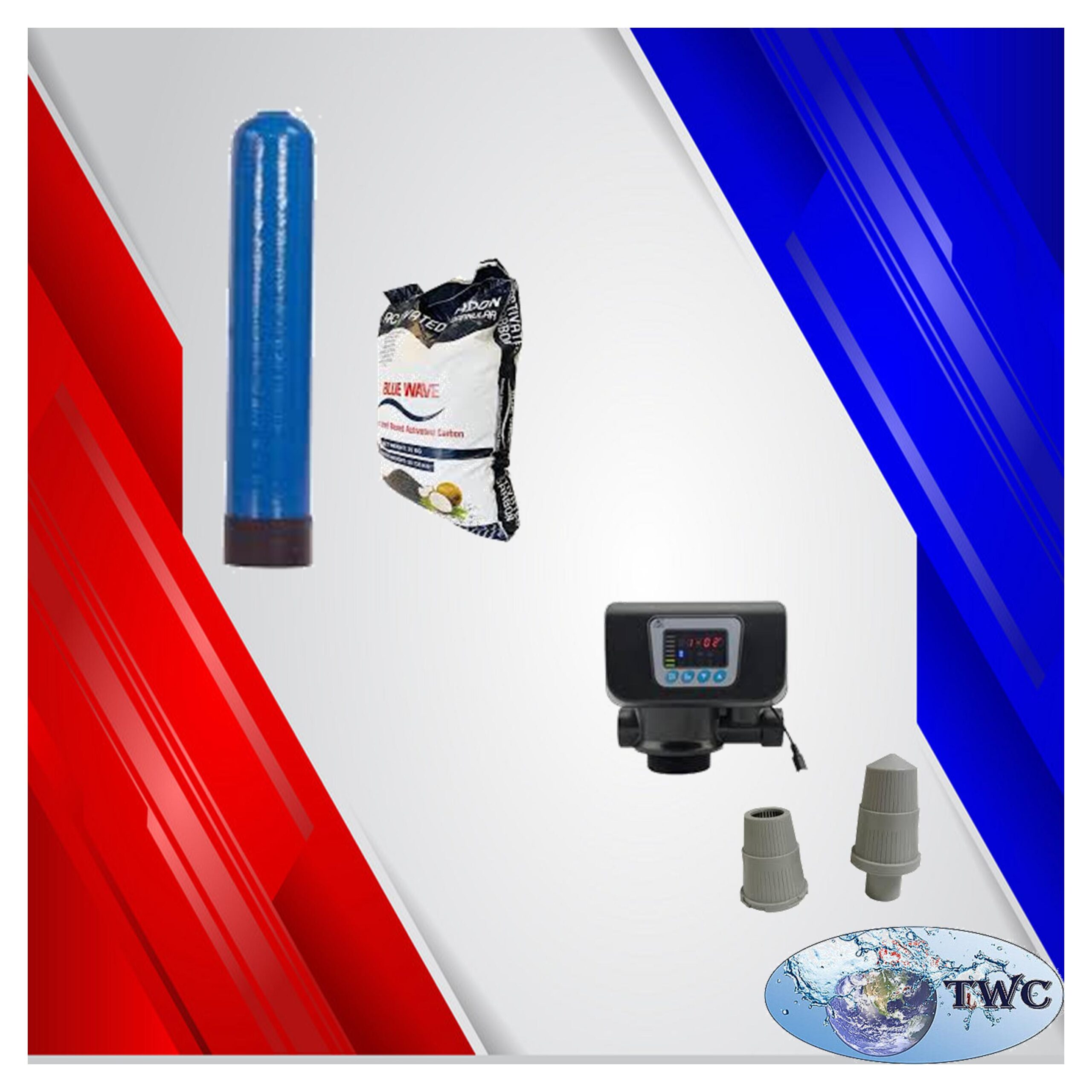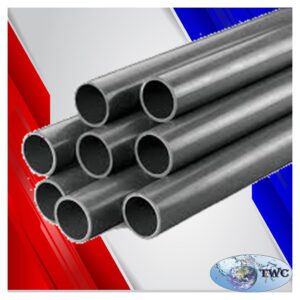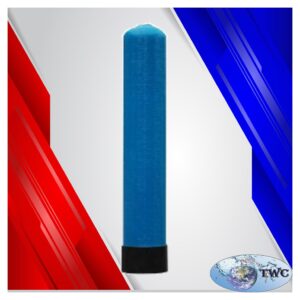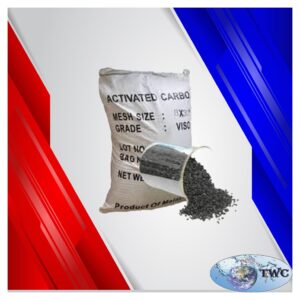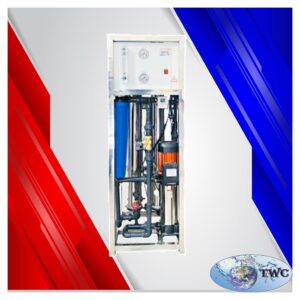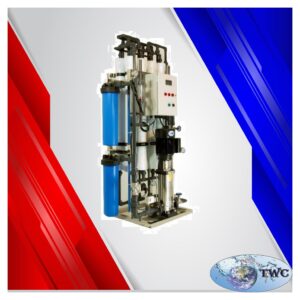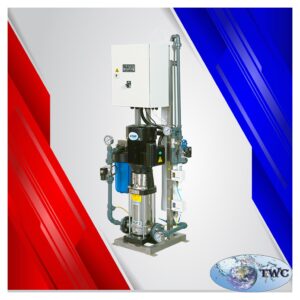Description
13″ Diameter Carbon Filter Media System With An Automatic Backwash Head
Firstly helps to ensure that water destined for consumption is removed of harmful contaminants such as pesticides. Endocrine disruptions, and pharmaceutical products. Activated carbon reduces undesirable tastes and odors.
The chlorine removes one disadvantage from the topmost layer of the media. The AC provides a damp environment ideal for the growth and proliferation of bacteria. Bacteria can cause problems in medical applications, or when using carbon as a pretreatment to reverse osmosis.
It can effectively remove organic compounds, chlorine and dissolved radon. Unfortunately Carbon filters will not remove bacteria. Calcium and magnesium known as hard water, fluorides, nitrates, chlorides and many other inorganic chemicals. A specific type of AC can adsorb heavy metals.
Taste-improving:
One disadvantage is that as the chlorine is removed from the topmost layer of the media, the AC provides a damp environment ideal for the growth and proliferation of bacteria. Bacteria can cause problems in medical applications, or when using carbon as a pretreatment to reverse osmosis.
Activated carbon helps to ensure that water destined for consumption is removed of harmful contaminants such as pesticides, endocrine disruptors, and pharmaceutical products. Activated carbon is also employed in reducing components that result in undesirable tastes and odors.
It can effectively remove organic compounds, chlorine and dissolved radon. Carbon filters will not remove bacteria, calcium and magnesium (hard water), fluorides, nitrates, chlorides and many other inorganic chemicals. Heavy metals can be adsorbed onto AC by only a very specific type AC.
